Communication Options
A broad continuum of communication and learning options exist for children who are deaf or hard of hearing. Some families choose exclusively listening and spoken language, while others choose exclusively sign language; and there are also various combinations of spoken and sign language. As a parent, you should choose the communication option that will work best for your child and your family.
OPTION Schools, Inc. is comprised of organizations that utilize methods supporting the development of listening and spoken language.
- Listening and Spoken Language Education (Auditory-Verbal Therapy/Auditory-Verbal Education)
- Cued Speech
- Total Communication (TC)
- Sign Language: American Sign Language (ASL)
- Is a listening and spoken language education the right choice for my child?
- Why choose a listening and spoken language education?
-
Listening and Spoken Language Education (Auditory-Verbal Therapy/Auditory-Verbal Education)
Children with a hearing loss can learn to listen and speak. Although a diagnosis of hearing loss isn’t something a parent plans for, it doesn’t change the capabilities of the child. The dreams a parent has for their child are attainable and a listening and spoken language education can provide the tools to make these aspirations become a reality. Through the advances in technology, early identification and early intervention opportunities for a child with hearing loss are endless.
A listening and spoken language education emphasizes meaningful communication through listening and speaking. Children use hearing technology, a hearing aid or cochlear implant, to access sound. Highly trained educational teams partner with families as children learn to rely on listening and spoken language. Teachers of the Deaf, Speech-Language Pathologists, Audiologists and other professionals work with families as children develop the auditory and language skills that enable them to actively engage in the world around them.
-
Cued Speech
Cued Speech is a system utilized to assist in clarifying speech-reading information for a child. Cued speech is not a language, but a means of making spoken language visible by using a specific number of hand movements. It is used for communication, language, speech acquisition and literacy. Eight hand shapes representing groups of consonant sounds and four locations of the hand shapes near the face, each representing a group of vowel sounds, are used to make all the sounds of spoken language look different. Combinations of these hand configurations are coordinated with the natural movements of speech.
-
Total Communication (TC)
This technique combines auditory training, the teaching of spoken language and signing exact English (SEE). SEE is a manual code for English, which tries to achieve a one-to-one correspondence with English words and syntax.
-
Sign Language: American Sign Language (ASL)
American Sign Language is recognized as a language in its own right and does not follow the grammatical structure of English; it has its own grammar and syntax. ASL uses hand signs, gestures, and facial expression as a communication method. It is taught as a child's primary language, often with English taught as a second language. ASL is used widely within the Deaf community; a group that has developed a separate culture and identity from mainstream hearing society.
-
Is a listening and spoken language education the right choice for my child?
The most common reason parents choose listening and spoken language is the desire that their children speak for themselves when communicating with others in the family, and in the hearing world. These are reasonable dreams. Young adults with hearing loss that have learned to use spoken language as children overwhelmingly say that a listening and spoken language education was the right choice. It has allowed them to integrate into regular schools, develop fulfilling careers and to be socially active within the hearing community.
-
Why choose a listening and spoken language education?
The goal of listening and spoken language education is to provide children with the ability to listen and speak like their hearing peers.
Primary emphasis is placed on developing listening and speech skills; however, a listening and spoken language education also helps children build self-esteem, independence, creativity, and problem solving skills. Advances in technology have made it easier for children with hearing loss to learn to listen and speak well at very young ages. Children who can speak orally may communicate more easily in a hearing world as they will not require the services of an interpreter.
Many children who are diagnosed with a hearing loss are born to hearing parents. A listening and spoken language education will facilitate easier communication and interactions with family and friends. Children taught with listening and spoken language may have more personal options throughout their lives: schools, careers, friends, hobbies, and activities. Studies have shown that children who are deaf and hard of hearing have increased literacy rates when educated through listening and spoken language techniques. Increased literacy may lead to better career opportunities and a better standard of living.

